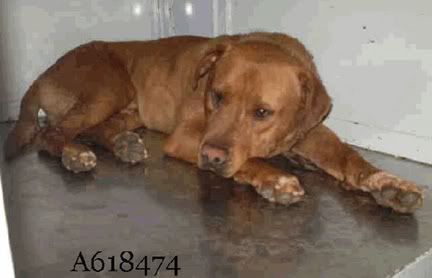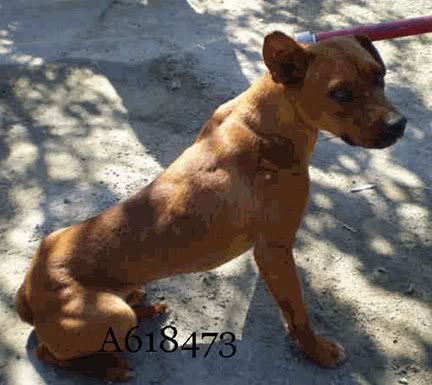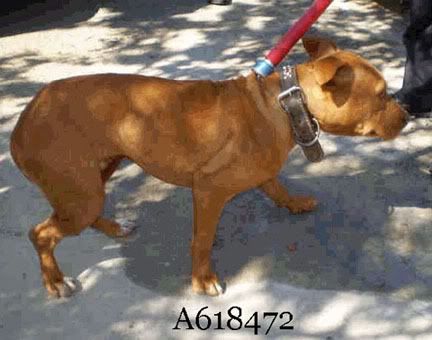While walking one of my doggie clients yesterday, we approached a corner house where a dog was laying out front with children playing in a tree house. The dog noticed our approach and lifted his head, stretched and laid back down. He gave no indication that he felt like moving anytime soon.
Before crossing the street, I yelled out to the kids to ask if their dog was tied up (I couldn't tell from the distance we were at).
One of the little girls called for her mother, who apparently was across the street, out of my line of vision.
The mother walked over and grabbed the dog's collar. After I had visual confirmation that the dog was contained, I walked by with my dog. At no point did the other dog bark, growl, or show any signs of distress that we were walking by.
We passed the house and were about halfway down the block when I heard paws pounding pavement and tags clanging together. I whipped my head around to see the dog was running at full speed, directly for the dog that I was walking.
Without hesitating, I jumped in front of my dog and reached for my Spray Shield (Spray Shield is a citronella-based animal deterrant) and sprayed the oncoming dog in the face from a distance of about 10 feet, while yelling "get back" in a firm voice. He slowed down with a confused look on his face for maybe a second and then continued toward us, but from the side this time which I reacted to by stepping forward and spraying him again,
this time covering his eyes with the white foam. His hesitation was long enough for the owner to finally come up behind him, grab him and walk off.
The owner said nothing to me.
This incident took place in Sacramento's famed Fabulous 40's neighborhood - not exactly the place where one would expect to find irresponsible owners. Just goes to show you that money can't buy common sense, I suppose.
Thankfully, I was prepared and had practiced this exact scenario in my head a million times before (and yes, I've practiced physically reaching for my equipment as well). I leave the safety off my Spray Shield and shake it before every walk. I was quite shaken up after the incident. I have no idea what the dog's intentions were and I wasn't about to give him a chance to show me.
Neither I nor the dog I was walking deserved to be put in this situation. Not everyone is as prepared or experienced with this kind of thing as I am; what if it had been a child or elderly person walking a dog passed this house? Would they have been able to protect their dog as quickly as easily? And if a fight had ocurred, would they have the knowledge, strength, or equipment to break it up?
Please, please, please - leash your dogs! And if you must have them out in an unfenced area with you, tether them securely. The Spray Shield worked like a charm this time, but I shouldn't have had to use it in the first place.
I think it's important to note that at no time did I feel personally threatened by this dog; the drives for aggression directed towards humans and those directed toward other dogs are unrelated, separate drives. It's very possible that because this dog does not show any ill-will towards his humans that his owner is under the mistaken impression that her dog is not a threat. Maybe she thinks that a dog that is great with humans could not possibly kill another dog. I'll reiterate that I do not know what he would have done had he been allowed to reach my dog, but clearly this owner needs to wake up to the possiblities of what could have happened. She should also consider that if her beloved family pet kills or seriously injures someone else's family pet that her dog may lose his life as well. Dog aggression, regardless of breed, can be properly managed in many instances but it should never be ignored.
~Rachele is the volunteer Social Media Coordinator for Chako and owner of Pawsitive Attention Pet Services.


